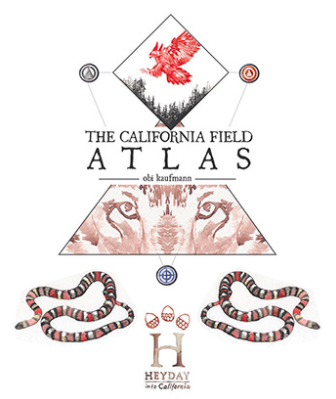"An elegantly written, nuanced, and subtle history of how Big Sur has come to be. Shrewd politics, dedicated vision, and good timing led to this treasured landscape’s preservation. A wonderful read, full of important insights. This book is a valuable contribution to California’s environmental history."—Stephanie Pincetl, author of Transforming California: A Political History of Land Use and Development
Winner the 2018 NCIBA Book of the Year Award (Regional Interest). This lavishly illustrated atlas takes readers off the beaten path and outside normal conceptions of California, revealing its myriad ecologies, topographies, and histories in exquisite maps and trail paintings. Based on decades of exploring the backcountry of the Golden State, artist-adventurer Obi Kaufmann blends science and art to illuminate the multifaceted array of living, connected systems like no book has done before.
In his great triptych “The Millennium,” Bosch used oranges and other fruits to symbolize the delights of Paradise. Whence Henry Miller’s title for this, one of his most appealing books; first published in 1957, it tells the story of Miller’s life on the Big Sur, a section of the California coast where he lived for fifteen years. Big Sur is the portrait of a place—one of the most colorful in the United States—and of the extraordinary people Miller knew there: writers (and writers who did not write), mystics seeking truth in meditation (and the not-so-saintly looking for sex-cults or celebrity), sophisticated children and adult innocents; geniuses, cranks and the unclassifiable, like Conrad Moricand, the “Devil in Paradise” who is one of Miller’s greatest character studies. Henry Miller writes with a buoyancy and brimming energy that are infectious. He has a fine touch for comedy. But this is also a serious book—the testament of a free spirit who has broken through the restraints and clichés of modern life to find within himself his own kind of paradise.
Each year millions of people visit the area of rugged California coastline and wild mountains known as Big Sur. Finally here is a book that is both a natural history of this beautiful region and an excellent guide to its extensive public lands. The first section introduces the area's geology, climate, flora, fauna, and human history. The second section describes selected sites, trails, and features that are mentioned in Part One.
As increasing tourism, development pressure, and land-use decisions continue to affect Big Sur, this book will do much to heighten awareness of the region's biotic richness and fragility. Written in nontechnical language, with generous color photographs, drawings, maps, species lists, and a bibliography, it will attract both the casual and the serious naturalist, as well as anyone concerned about preserving California's natural heritage.




